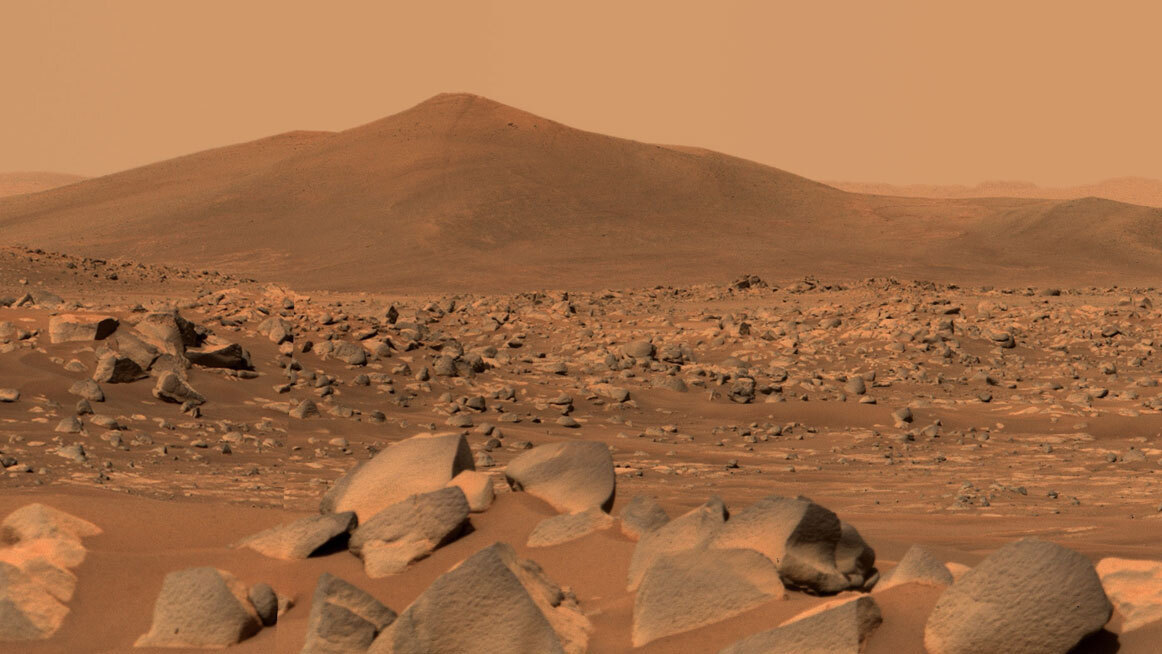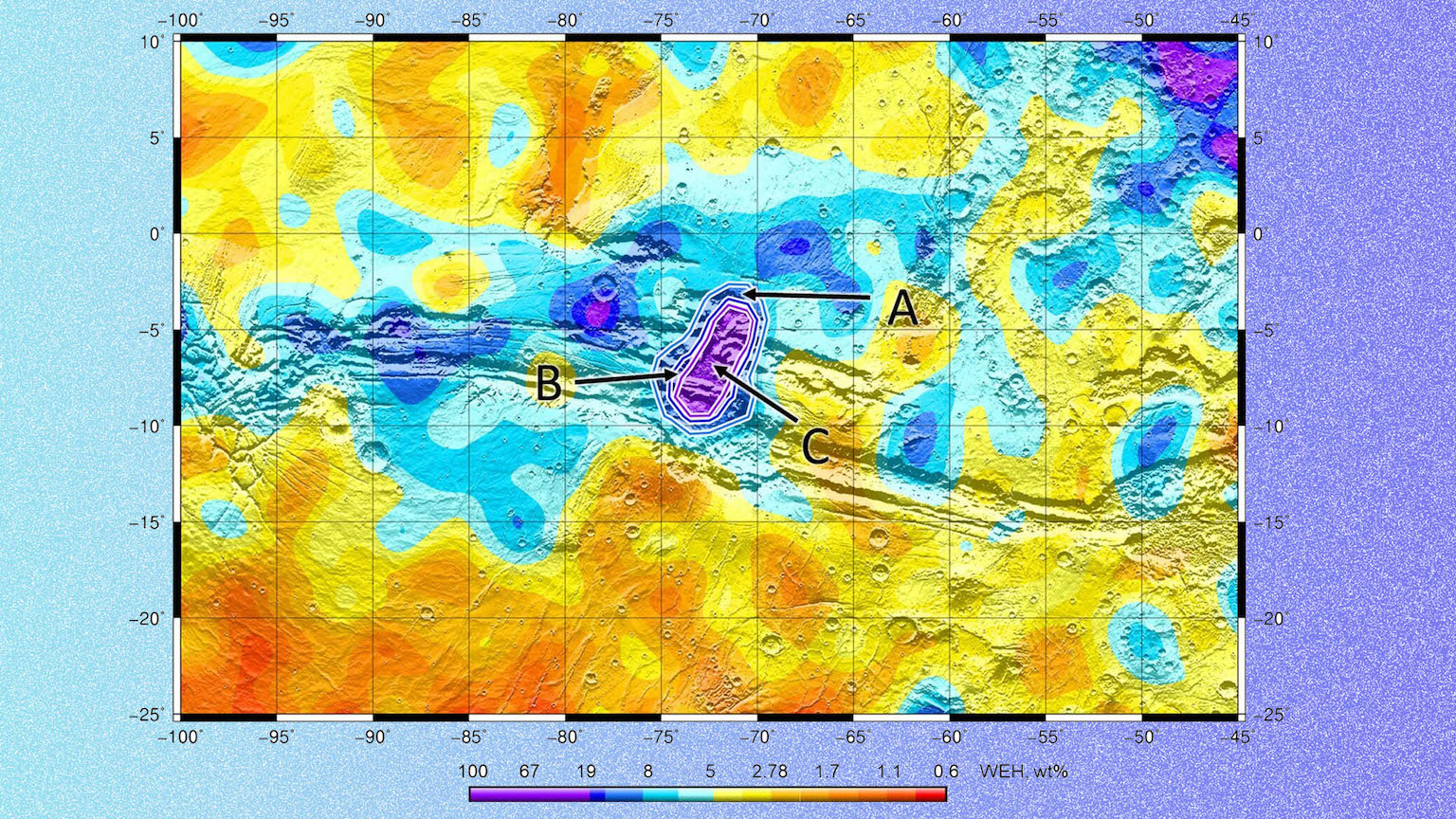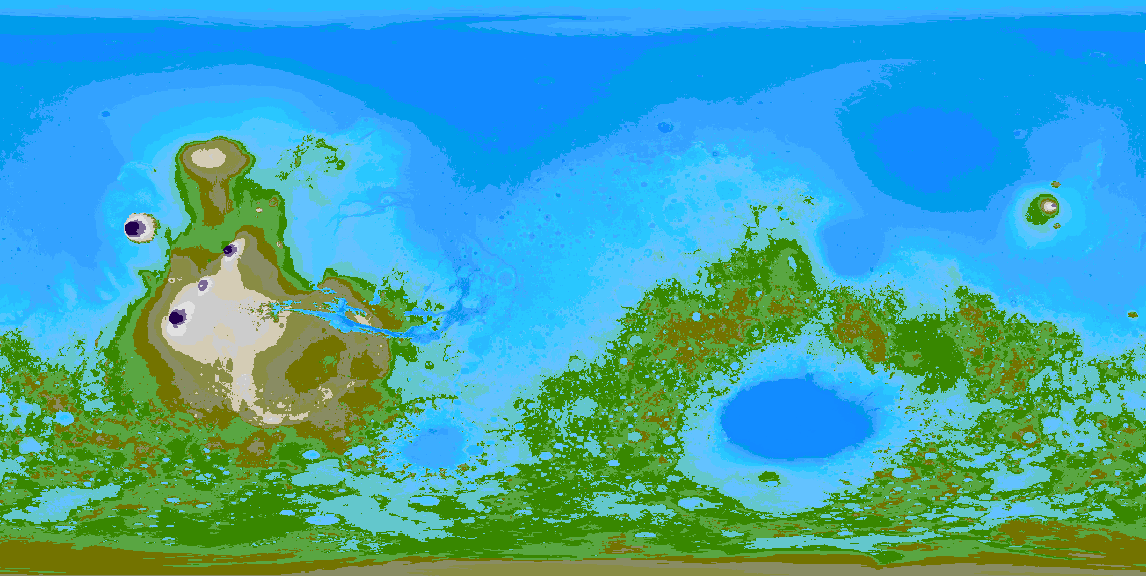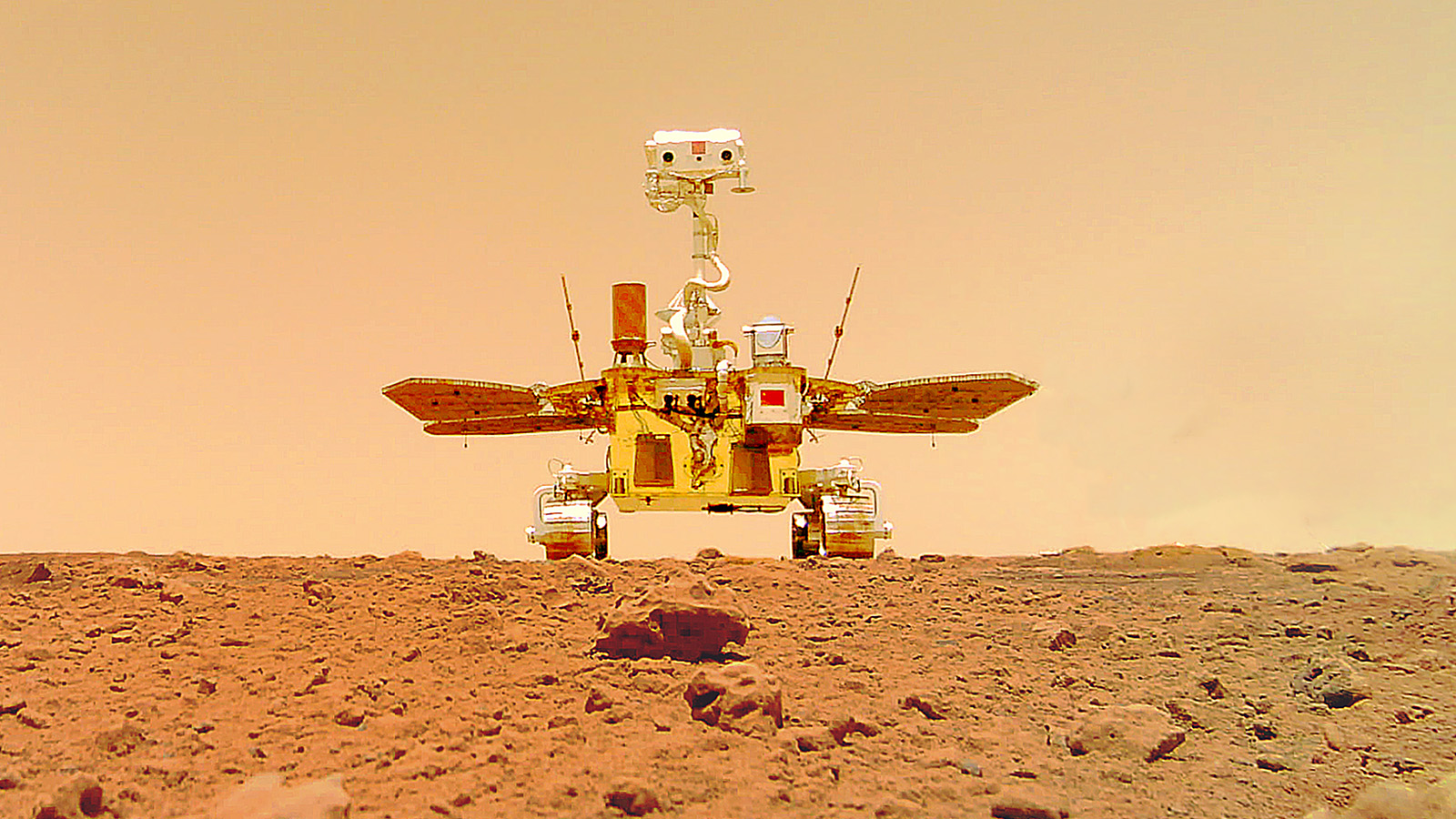Mars “earthquakes”: Red Planet might have more seismic activity than we ever expected

- For almost two and a half years, the InSight lander has been recording "earthquakes" on Mars, dubbed "marsquakes."
- These marsquakes are relatively small, and most come from near the surface of the planet, due to things like wind and temperature changes.
- Deeper marsquakes, on the other hand, can reveal information on what’s happening within the mantle of the planet.
The Earth is a dynamic, living planet. Volcanism, plate tectonics, and earthquakes are constantly reshaping it. These forces shuffle the continents, create new islands, and even change the atmosphere.
Mars is rather boring in comparison. The whole planet is made of a single plate. Without plate tectonics, the same location on the planet’s surface sits atop Mars’ active hotspots. This leads to enormous volcanoes. Indeed, Olympus Mons is the largest volcano in the solar system. Beneath the immobile crust lies a mantle that is relatively inactive. On Earth, convective currents within the mantle circulate rock from deep within the earth to the underside of the planet’s crust. These currents are responsible for giving Earth its protective magnetic field. Mars once had currents like these, too. Billions of years ago, however, they stopped, causing Mars’ magnetic field to vanish.
It would seem, then, that the interior of Mars is pretty quiet. Yet every once in a while, a marsquake rattles its surface. Are these quakes a sign that there is something more going on under the surface of Mars? Or do they originate in a way we would expect, based on what we already know? To find out, two scientists, one from the Chinese Academy of Sciences and another from Australian National University, teamed up to try to understand the origin of marsquakes. Their results were recently published in Nature.
Searching for marsquakes with InSight
NASA’s little InSight Mars lander has been busy. Since November of 2018, when it landed on Mars, the spacecraft has collected a treasure trove of data that scientists back on Earth have been using to understand the interior of Mars — from its crust through its mantle to its core.
One of InSight’s goals was to find marsquakes. So a few weeks after landing, it deployed a seismometer on the surface of Mars. The seismometer detected everything from marsquakes to meteor impacts — it even picked up the vibrations caused by Martian dust storms. InSight has detected about 1,300 marsquakes, which comes out to about one per day.
“As a comparison, Earth seismometers detect between about 500,000 and 1 million earthquakes every year,” Hrvoje Tkalčić, one of the authors of the study, told Big Think.
Most marsquakes are small, with magnitudes ranging from 1 to 3. The largest, recorded at the beginning of May, registered a magnitude of 5. Marsquakes are hard to identify, though. Since they are small, they often get lost in the noise. Wind shaking the seismometer can be enough to drown them out. That’s why Tkalčić and his colleague, Weijia Sun, used a new method to detect marsquakes that had gone unobserved before.
By looking at the data itself, and not at isolated events, they could search for commonalities that marsquakes shared. One method, called the matched filter technique, worked particularly well. It allowed them to identify events as quakes because they had similar waveforms to other quakes. By doing this, the researchers were able to detect 47 new low-frequency marsquakes in the InSight data.
Types of quakes on Mars
Marsquakes are divided into two event types: high-frequency events and low-frequency events. High-frequency marsquakes usually originate from shallow locations.
“There are two main types of high-frequency events,” Tkalčić explained. “Distant shallow quakes that we don’t fully understand, but they seem to represent energy that is guided through the Martian subsurface; and those due to background noise.” This noise could be anything from wind to fluctuations in temperature. For example, many of these events are clustered on either side of sunset, when big temperature changes affect the Martian surface.
Low-frequency events are rare, but they provide invaluable information from deeper within Mars — down to its deep crust and even into the mantle. It is these events that especially interested Sun and Tkalčić.
A telling pattern in marsquakes
InSight’s seismometer was deployed in an area called Cerberus Fossae. This is a location with large tectonic faults and fissures, as well as massive vertical cliffs created from tectonic activity. Mars has only one plate, so Cerberus Fossae is similar to regions on Earth that have earthquakes because of where they sit in a plate’s interior.
“The fact that Mars has a single plate … doesn’t mean that that plate is homogeneous,” explains Tkalčić. “You can have a plate buckling in the middle because of the convection in the mantle…say, upwelling of a hot material that would cause a plate to buckle. This way, you can get tectonic quakes in a sense that they are related to a plate’s dynamics.”
However, these low-frequency events seem to be clustered. When one happens, others are sure to follow. “The repetitive nature of the newly discovered events strongly suggests their relationship with magmatic events,” Tkalčić said.
This means that these small earthquakes could be caused by the movement of magma within Mars. This is surprising. The discovery could indicate that the mantle of Mars is more dynamic than previously supposed.





